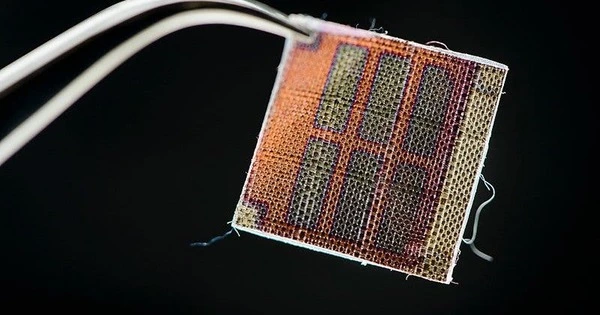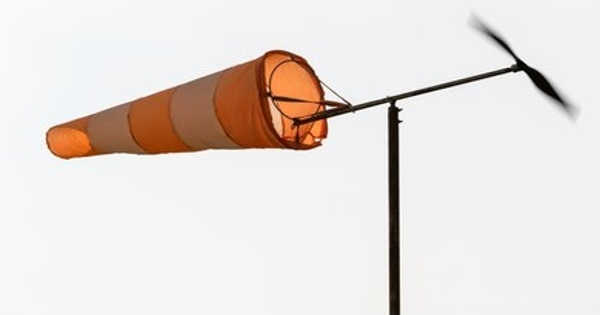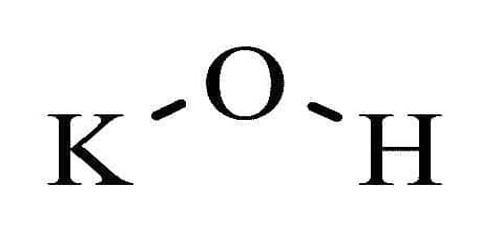Solar cell fabric is a fabric that contains integrated photovoltaic (PV) cells that generate electricity when exposed to light. It refers to a textile material that is integrated with solar cells to generate power from sunshine. This breakthrough technology combines the flexibility and versatility of textiles with the energy conversion capabilities of solar cells, resulting in a wide range of applications in the fields of renewable energy and smart textiles.
Traditional silicon-based solar cells are expensive to produce, inflexible, and fragile. Thin-film cells and organic polymer-based cells, while less efficient, can be manufactured fast and cheaply. They are very flexible and can be sewn onto fabric.
Here are some key points about solar cell fabric:
- Materials: Solar cell fabric often incorporates flexible and lightweight solar panels or photovoltaic (PV) cells into the fabric. Thin-film or organic solar cells are frequently used in these PV cells because they can be more easily incorporated into fabrics than typical crystalline silicon solar cells.
- Flexibility: It is intended to be highly adjustable and flexible. Because of its flexibility, it can conform to a variety of shapes and surfaces, making it suited for a wide range of applications.
- Durability: Because textiles are subjected to a variety of loads and climatic conditions, solar cell fabric must be constructed to endure wear and tear. Coatings or protective coatings are frequently used to increase durability.
- Integration: The integration of solar cells into fabric can be achieved through various techniques, including lamination, printing, or weaving. Each method has its advantages and limitations.
Applications
- Apparel: It can be used to create clothing items such as jackets, hats, or backpacks with built-in solar panels. These garments can capture sunlight to charge portable electronic devices like smartphones or power-embedded LEDs.
- Tents and Canopies: They can be incorporated into camping tents and outdoor canopies to provide a source of renewable energy for charging devices or providing lighting.
- Shading Solutions: It can also be used in architectural shading solutions like curtains or blinds to generate electricity while providing shade.
- Wearable Technology: It can be used in wearable technology, such as smartwatches or fitness trackers, to extend battery life or reduce the need for external charging.
Environmental Benefits
Solar cell fabric contributes to clean and renewable energy generation, reducing the carbon footprint associated with traditional energy sources. The efficiency can vary depending on the type of PV cells used, but it is generally lower than that of traditional solar panels. However, the trade-off is in its flexibility and versatility.
Challenges
Despite its potential, solar cell fabric faces challenges such as lower efficiency compared to rigid solar panels, cost considerations, and maintaining flexibility and comfort in clothing applications.
Solar cell fabric is an exciting and evolving field, with ongoing research and development aimed at improving efficiency, durability, and cost-effectiveness. As technology advances, we can expect to see more practical and innovative applications for this technology in our daily lives.
















